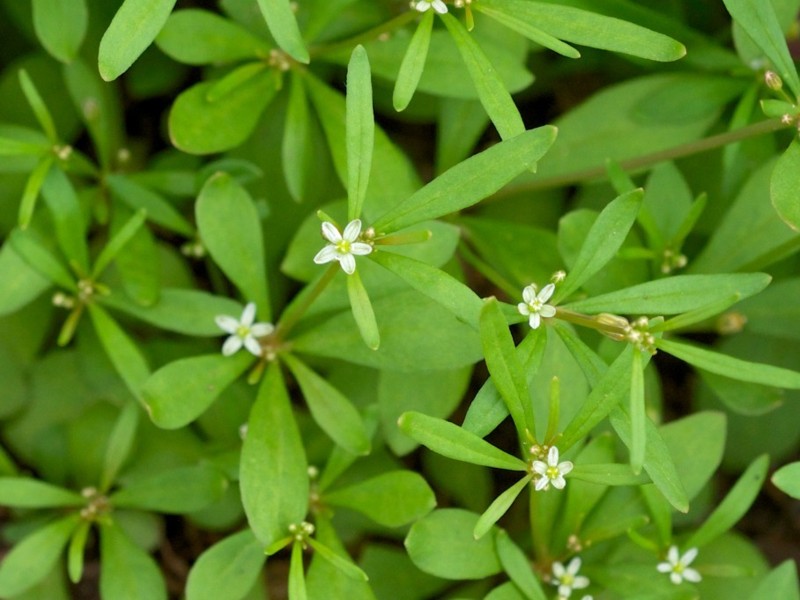The best defense against carpetweed in lawns is a healthy well maintained turf.
Carpet type weeds.
This garden weed has light green leaves that look like clover and cup shape yellow flowers in summer and fall.
Although it withstands high foot and pet traffic it is not drought tolerant and can be invasive.
The term weed is used in a variety of senses generally centering around a plant that is not desired within a certain context.
Veins in the leaves are often net like.
Once the seeds have sprouted however it grows rapidly in the summer heat.
Choose a type of lawn grass that grows well in your area and maintain it according to the needs of the specific type of grass.
But you can be assured.
Carpetweed is a summer annual with a short tap root.
As their name suggests they have broad leaves that are wide and flat and set up on a stem much like a flower.
Carpet grass is a warm season perennial grass that grows well in areas where other types of grass will not grow.
Irrigate the lawn when there is less than 1 5 inches of rain in a week and fertilize regularly.
Broadleaf weeds are some of the most common and those with which we are most familiar.
To 20 inches tall where it grows.
It does best in damp sandy soil and is traditionally found in tropical climates.
Pull oxalis weeds by hand or spray weeds with a postemergence herbicide in spring or fall.
The term weed is a subjective one as the old saying goes one person s weed is another s wildflower.
Here is a handy photo identification page to help you determine the most common weeds that you might find in your gardens.
Some examples are dandelions ground ivy white clover chick weed carpet weed and violets.
Sunny or shady landscape lawn or garden areas appearance.

